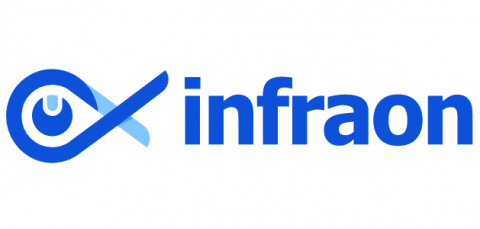Not all employees want to go digital - here's what you can do
As you may be aware, Digital Employee Experience (DEX) refers to the way employees interact with digital tools, technologies, and systems in the workplace. While the digitalization of work has simplified the lives of business users, it has also created human-centric challenges. Technology may have enabled them to work from anywhere, collaborate with colleagues from around the world, and access information at their fingertips – it also calls for them to go against hard-boiled human instincts.










